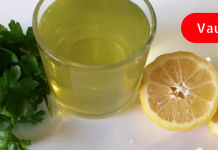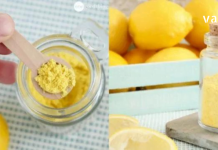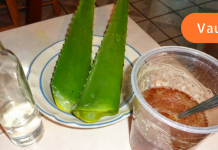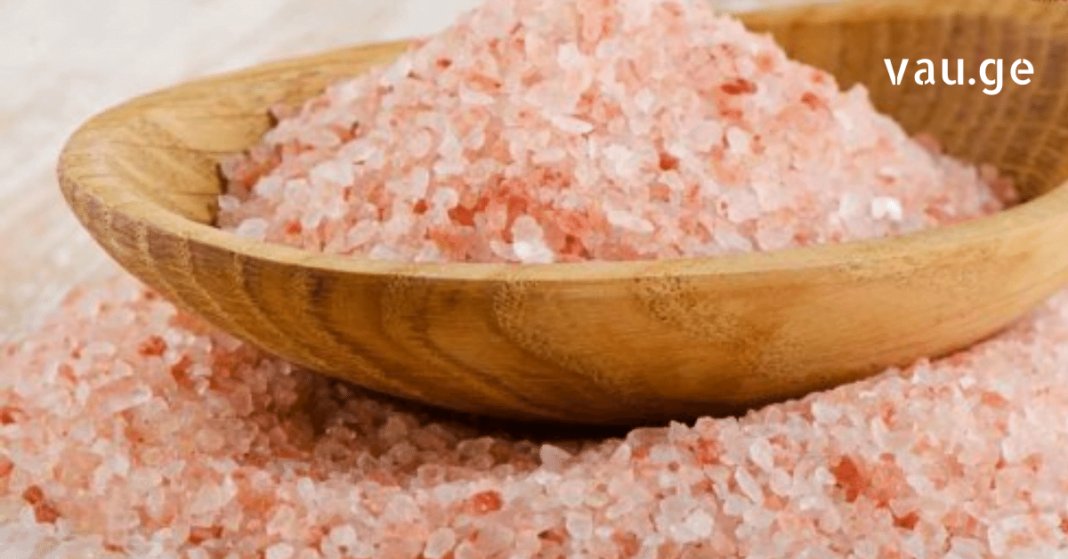If you think Himalayan pink salt comes directly from the snowy peaks of the Himalayas, you’re actually mistaken.
This popular pink salt is mined from the Khewra Salt Mine in Pakistan, located about 300 kilometers (around 186 miles) away from the Himalayan mountain range. While not from the mountains themselves, it is still considered a natural and mineral-rich salt that has gained immense popularity around the world for its potential health and wellness benefits.
According to legend, the discovery of this salt dates back to the time of Alexander the Great. During his Asian military campaigns, one of his horses supposedly stumbled upon the salt deposits in the region. However, historical evidence shows that humans have been extracting and using this salt since ancient times—long before Alexander’s arrival. It was especially valued for preserving fish and meat for long periods, long before refrigeration was even imagined.
Ancient Egyptian and Greek texts also reference the therapeutic properties of this salt. It wasn’t just used as a food preservative or seasoning—it was believed to possess healing qualities, too.
Today, Himalayan pink salt is used not only in food but also in luxury spa treatments. Salt lamps, bath salts, body scrubs, and even salt inhalers have become quite trendy. But beyond trends, this salt may offer a few real benefits—if used appropriately.
Unlike regular table salt, which is primarily composed of sodium chloride, Himalayan salt contains small amounts of potassium chloride, calcium, magnesium, and other trace minerals. These additional elements give the salt its pink hue and are believed to contribute to its health benefits.
However, it’s worth noting that for these minerals to provide a significant effect on the body, they would have to be consumed in relatively large amounts—far more than is advisable in a healthy diet. Therefore, while Himalayan salt can be part of a balanced lifestyle, it shouldn’t be treated as a miracle cure.
Still, there is growing evidence suggesting that replacing regular salt with Himalayan pink salt may reduce certain health risks and support bodily functions, especially when combined with a healthy lifestyle. Here are three compelling reasons to keep Himalayan salt in your home:
1. Prevention of Muscle Cramps
One of the most frequently reported benefits of Himalayan pink salt is its ability to help prevent muscle cramps. When you exercise, your body loses electrolytes through sweat. If these aren’t replenished, you may experience cramps and fatigue. Himalayan salt contains trace amounts of essential electrolytes such as potassium, calcium, and magnesium, which can support muscle function.
After just a week of incorporating a small amount of Himalayan pink salt into your daily diet—especially if you’re physically active—you may notice fewer muscle cramps and an overall sense of improved recovery post-workout.
2. May Help Manage High Blood Pressure
It’s a common belief that salt increases blood pressure. While this is true for heavily processed table salt that is often fortified with additives and anti-caking agents, Himalayan pink salt may have a different effect. Due to its natural mineral composition and the absence of chemical additives, some people find that substituting regular salt with Himalayan salt helps manage blood pressure better.
Of course, moderation is key. No type of salt should be overused. But when consumed as part of a healthy, low-sodium diet, Himalayan pink salt might contribute to more stable blood pressure levels, especially when combined with other lifestyle changes such as exercise and hydration.
3. Maintains Proper Hydration and Fluid Balance
Himalayan salt helps regulate water balance in the body, which is crucial for the proper function of muscles, nerves, and tissues. The balance of fluids and electrolytes in your system determines how well your body can absorb and retain water.
This salt supports cellular hydration and may even help prevent the excessive loss of electrolytes, particularly during exercise or in hot climates. For people who are prone to dehydration or who have high activity levels, a pinch of Himalayan salt in water (sometimes called “sole water”) is a common natural remedy for rehydration.
Final Thoughts
While Himalayan pink salt should not be viewed as a cure-all, it does have unique characteristics that make it worth having in your kitchen or bathroom. Whether used in cooking, added to bathwater for relaxation, or simply kept as a salt lamp for ambiance and supposed air-purifying benefits, it offers more than just aesthetic appeal.
Used wisely and in moderation, Himalayan pink salt may support overall well-being, improve hydration, reduce muscle cramps, and even help with blood pressure regulation. It’s not a substitute for medical treatment, but it can be a small, natural addition to a healthier lifestyle.


















